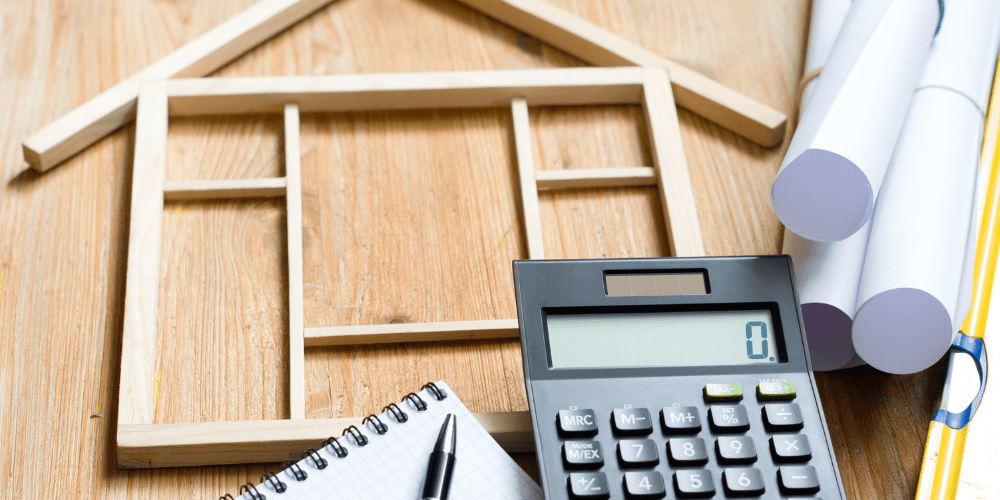Contingency Plans: Why They Matter, and How to Ensure You’re Covered
 If there is one thing that is guaranteed about construction, it is that nothing is guaranteed. Which is why smart clients know that the secret to staying within budget is to build a contingency fund into the overall budget. Here is how contingency plans work, and how you can use them to keep your custom home process within budget.
If there is one thing that is guaranteed about construction, it is that nothing is guaranteed. Which is why smart clients know that the secret to staying within budget is to build a contingency fund into the overall budget. Here is how contingency plans work, and how you can use them to keep your custom home process within budget.
Why Are Contingency Funds Necessary?
On any construction site, at some point, something is going to go wrong. Maybe someone drives through your site and damages a concrete footing. Maybe your wood supplier sends you substandard material, and you have to buy replacement material locally at a higher price to stay on schedule. Maybe bad weather slows down progress, and you have to accelerate progress when it passes. All of those things cost money, and since none of them is your builder’s fault, they need to be paid for out of your budget.
How Much Should Your Contingency Fund Be?
Ideally, your contingency fund should be between 5 and 10% of the total value of your construction project. That money should be set aside, and should not be used unless (or when as the case usually is) you run into an unforeseen problem or delay.
Sometimes, a provisional sum is allowed instead of a percentage of the overall construction value. In that case, the sum is usually based on a budget price or a rough estimate. On very big projects or renovations, you may want to allow both; particularly if you are not completely sure about one or two elements of the design.
Timeline Contingencies
Another factor that many customers fail to allow for when they are working out contingencies on a project is that it’s not only the cost of a project that can increase, but also the timeline for your project. Ideally, you should build the same percentage of extra days into your project as you do into your budget, so that if or when you need a little more time, you have it in the bank.
Managing Contingency Spending
Even if you have money held aside for emergencies and unforeseen events, you still need to be sure that you are only spending it on unforeseen events. That is why it is important to have a clear understanding of the work, fixtures, finishes and other elements of your build before work starts. It is also important to ask your builder to notify you of any changes that will eat into your contingency before they start working on them. Ideally, these “change orders” should be made in writing, so that there is no confusion about how much they will cost.
The fact is that it is rare that a whole house construction project comes in on budget and on time. A time and money contingency on your home build is an insurance policy, which helps to prevent nasty surprises. Discuss this with your homebuilder or home renovation company, and decide on an amount that works for both of you.







